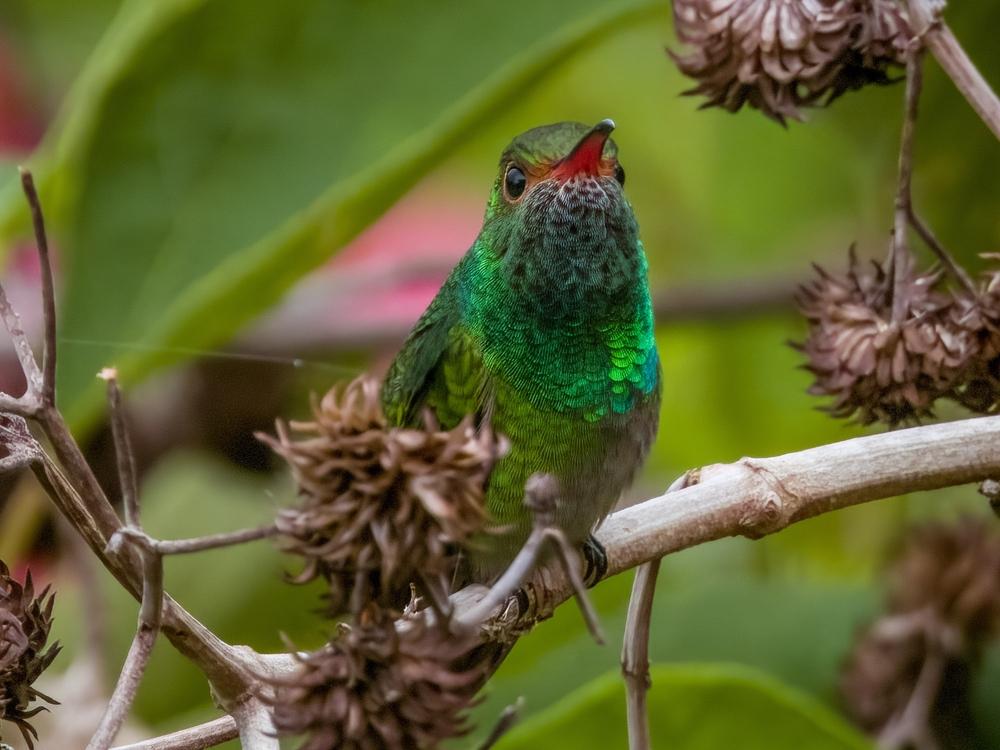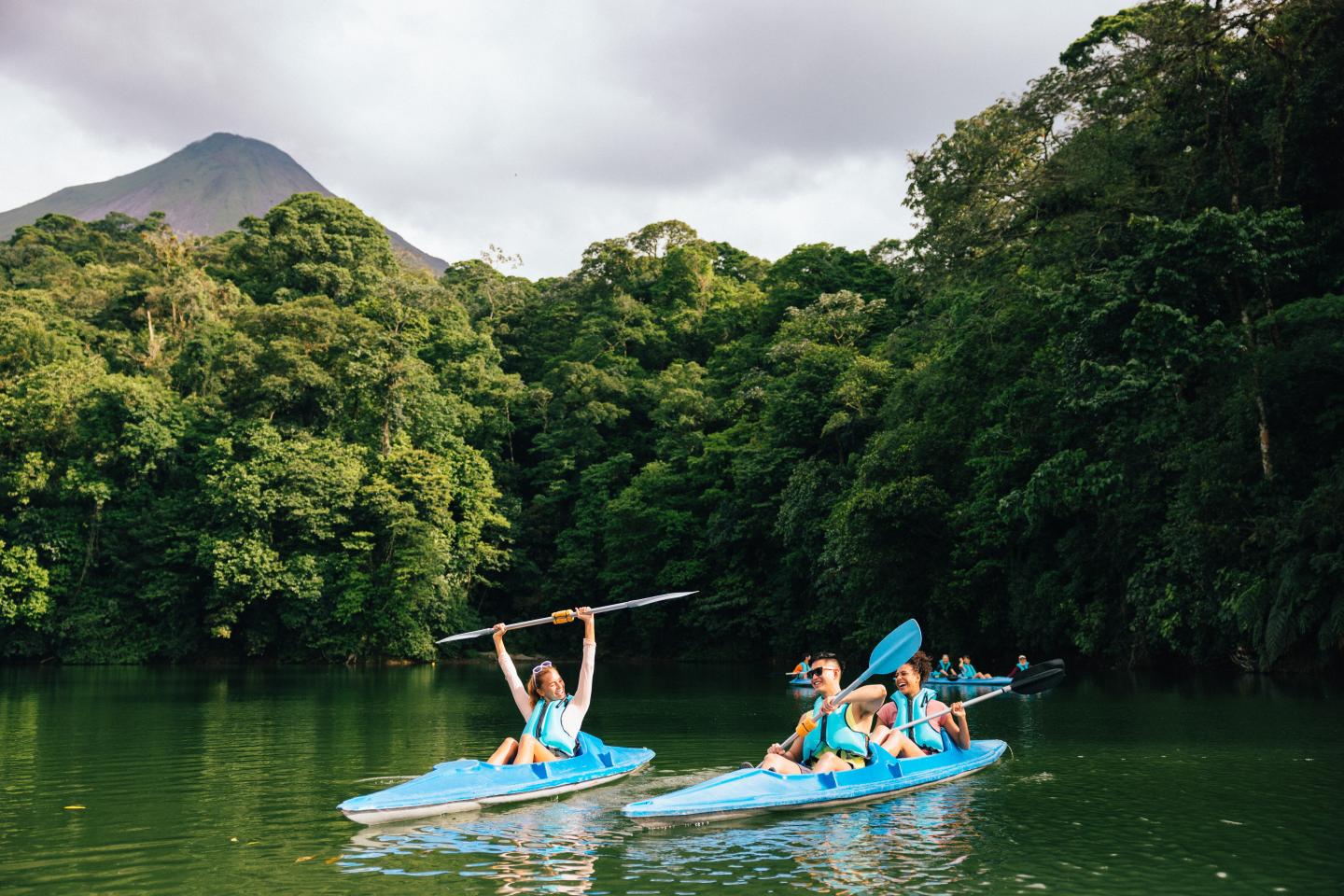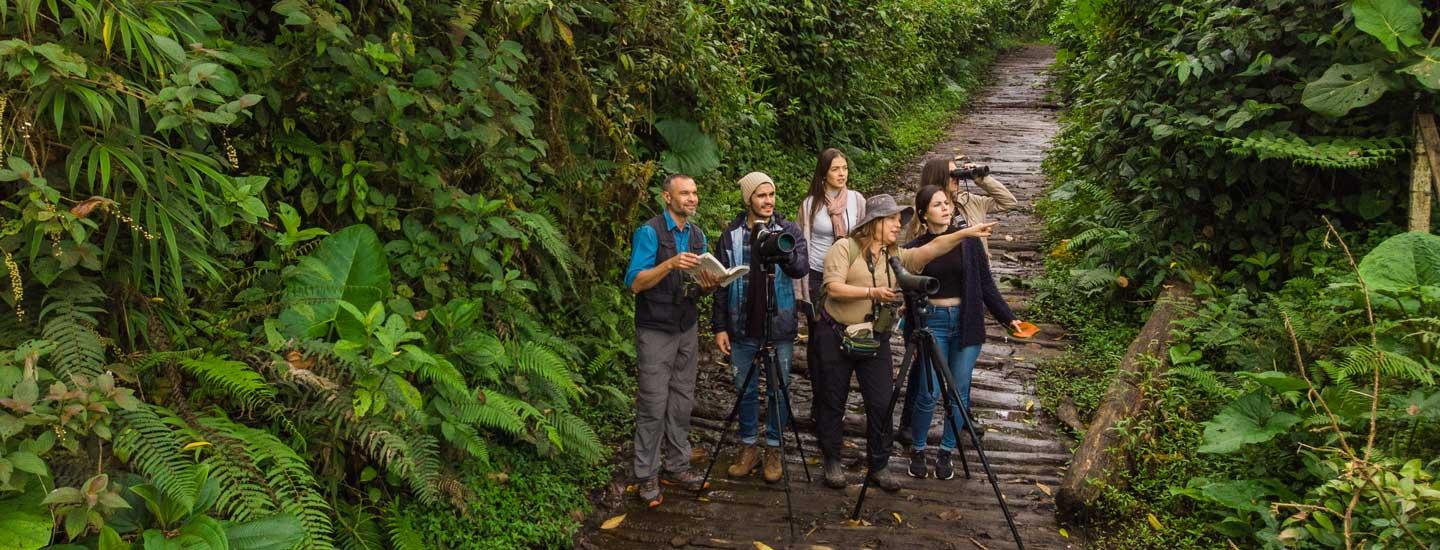about the region
Offers a variety of cultural and natural attractions, including the best museums in the country: Gold, Jade, National, Costa Rican Art, La Salle Natural Sciences, Insects at the University of Costa Rica, Contemporary Arts & Design and Children's, among others. Also, the architectural jewel of Costa Rica is located here: the National Theatre.
National parks located in the Central Valley protect the region’s primary volcanoes: Poás, Braulio Carrillo, Irazú and Turrialba, all of which have transport and viewing infrastructure allowing visitors to enjoy the birds, landscapes, craters and forests.
The capital San José hosts most government services, but other provincial capitals – Alajuela, Heredia and Cartago – offer a number of commercial and quality tourism services.
The Central Valley has two areas of extraordinary beauty that are tourist destinations in and of themselves: Turrialba and the Valley of the Saints. Rural villages offer great scenic beauty and a glimpse of Costa Rica’s past with adobe houses, large coffee plantations, mills and dairy farms.
did you know...
The rural areas of the Central Valley are ideal for tourists to enjoy horseback riding in places like: Turrialba, Santa María de Dota, Atenas, Palmares, Zarcero, Escazú, Santa Ana, and others.
250 km of waterways to paddle
7 protected areas allowing visitors to enjoy the birds, landscapes, craters and forests
exploring the Central Valley zone

planning your trip to the Central Valley

Central Valley's top 10
The city of San Jose is located at 1,149 meters above sea level, has an average temperature of 24 Celsius. Although it is a relatively small town, boasts a wealth of cultural and educational attractions, among which are: the National Theatre, built between 1890 and 1897, and financed by the Costa Rican people through the taxing of imports. Also they highlight historic buildings such as the Melico Salazar Theater, National Museum, Metallic Building, Children's Museum, Museum of Art and Design Costa Rican, Contemporary Art Museum, Museum of the Central Bank (in the Democracy Plaza) and the new and renovated Jade Museum. San Jose offers a host of accommodation to suit all budgets and a wide gastronomic fare.
In the Valley of Santa María de Dota all access roads converge into communities such as Copey, San Marcos, and San Pablo Tarrazú Leon Cortes what has been called the area of Los Santos. Because of its height, and soil quality, the Valley of Santa María de Dota produces one of the best coffees in the country. On the other hand, Copey Valley, located at 1,853 meters above sea level, has an impressive natural beauty that is very suitable for: hiking, photography, horseback riding, sport fishing, see waterfalls and bird watching, among many others.
Orosi Valley, located in the Province of Cartago, is a valley of lush natural beauty, crisscrossed by rivers and hot springs. Orosi has at least two public beaches, plus several hotels have thermal pools. In the center of town of Orosi are the local church and the Colonial Museum, built in 1743 by Franciscan missionaries. It is one of the few colonial buildings that still exist in good condition in Costa Rica. In 1985, it was declared a national monument. The area is also one of the rainiest parts of the country, and its water wealth is protected by the Tapanti National Park.
Its full name is actually the ruins of the Church of the Immaculate Conception of Rescue of Ujarrás, which was built in the second half of the sixteenth century by Don Miguel Gómez de Lara, Governor of Costa Rica at the time. Like the Church of Orosi, it was declared a national monument in 1920. It was destroyed by earthquakes and continual flooding from the Orosi River. Currently, it can be appreciated for its architectural and historical appeal from the viewer of the Costa Rican Tourism Board, which is of great interest in the Reventazón Valley circuit.
Until 1823 the city of Cartago was the capital of Costa Rica, it was then known as "The Most Noble and Loyal City of Cartago." Today it is the religious capital of the country, home to the Patroness of Costa Rica, Our Lady the Virgin of Angels. The current church, the Basilica, was built in 1921, and inside there is a small shrine to the attending devotees of the Patron Saint Ralph, searching for a miracle, healing, or an act of gratitude for favors granted. Every 2nd of August, there is a pilgrimage where more than two million people from all over the country travel to worship and celebrate the Virgin of Angels. In the center of Cartago, are the Ruins of Cartago, which is also church that they attempted to build three times and each of the three times it was collapsed by an earthquake.
Irazu Volcano is one of the 7 most active volcanoes in the country and also the highest with 3,432 meters above sea level. This volcanic series includes Irazu Volcano Turrialba, which is why they are often referred to as the twin volcanoes. It is protected by the shape of the National Park, which has four craters and two lagoons, and can be visited using the roads available for tourists and lookout points. In the area around the volcano there are other very interesting attractions such as the fields of ornamental flowers, strawberry crops, the Museum of Volcanoes, among others.
San Gerardo de Dota is a small town that belongs to Los Santos.When detouring from the main road in Cerro de La Muerte you reach a small natural paradise located in a valley and crossed by the Savegre River. It is a special place for bird watching, especially the quetzal; therefore, dozens of tourists interested in ornithology visit the sector each year. Another attraction of the area is the way the two main waterfalls of the Savegre River.
The city of Turrialba was founded as part of an economic development that developed the construction of the railroad to the Caribbean. It was declared by the city as a National Archaeological interest, its proximity to indigenous settlements is of importance to the country, specifically the Guayabo National Monument. Turrialba is home to two university centers fo higher education with great international influence: the Tropical Agricultural Research and Higher Education Center (CATIE for its acronym in Spanish) and the facilities of the University of Costa Rica. On the other hand, one of the country's most famous cheeses is produced in the area, as well as other artesanal cheeses. It has now become the basis of many tour operators who promote white water rafting on the Pacuare River and Reventazon River. The Pacuare River was once upon a time considered by the National Geographic as one of the most beautiful rivers in the world for white water rafting. In fact, such activity has a fairly significant rise among tourism activities in the country.
Buena Vista Hill, popularly known as the Hill of Death belongs to the Cordillera de Talamanca, with an altitude of 3,451 meters and although it is surrounded mostly by cloudy weather, during good weather is possible to see both coasts, the Pacific and the Caribbean. It has a unique wilderness forest in the country, which surrounded by the National Park Quetzales. In the area you can sight quetzales at various times of the year, so it is a coveted site for birdwatchers.
The town of Puriscal sits on the west side of San José, about 1,105 meters above sea level. Its importance lies in being an indigenous land, so you can visit the Indian Reservation Quitirrisí, and learn about the culture of this community. Also, you can visit the tobacco plantations and learn the process for making cigars. Finally, among the newest attractions in the area is the La Cangreja National Park, which exudes an unsurpassed natural wealth.






























